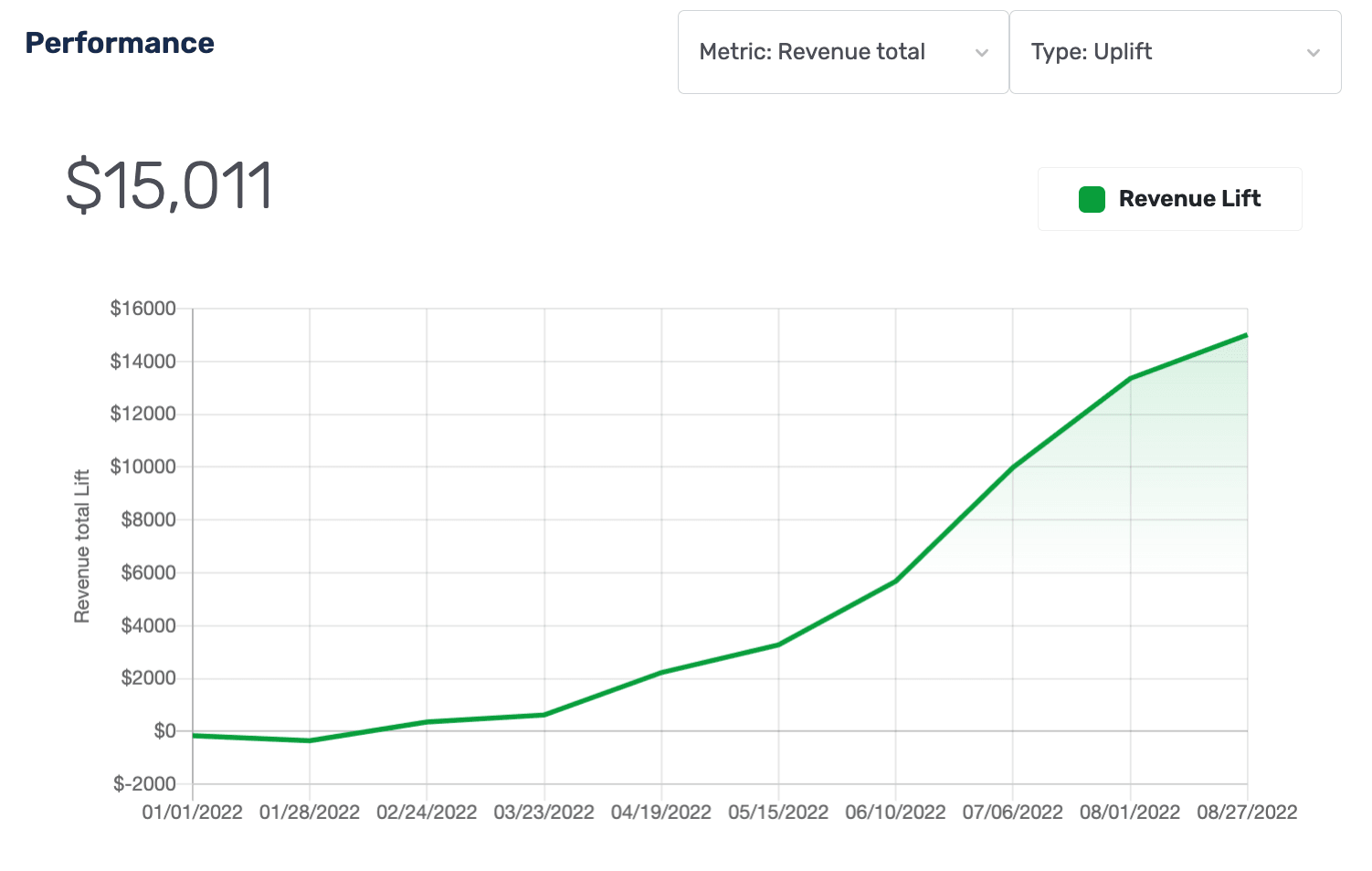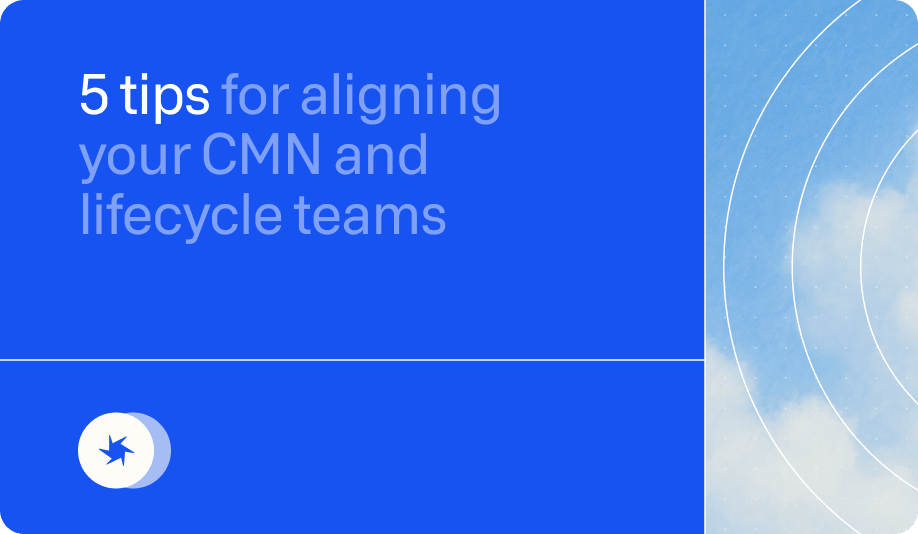A Better Attribution Method - Treatment Control Testing
Effective marketing requires a constant and consistent analysis of data. In particular, you need to know where your customers are coming from and how they are getting to their purchases, otherwise known as attribution. In short, marketing attribution refers to identifying the touchpoints your customers interact with to get to the final purchase. This allows you to better understand which channels are the most effective at getting customers to decide to convert.
Attribution is a huge headache for all marketers, as on average 30-40% of customers are unattributable each month. These unattributable customers create a huge blind spot for marketers as they don’t know what’s working so it makes it hard to allocate spend and efforts to campaigns and channels to drive more results
With the recent and continued dismantling of tracking like cookies and email statistics, the lack of attribution is only becoming more of an obstacle. There has to be a better way. There is, let’s dive into treatment control testing.



